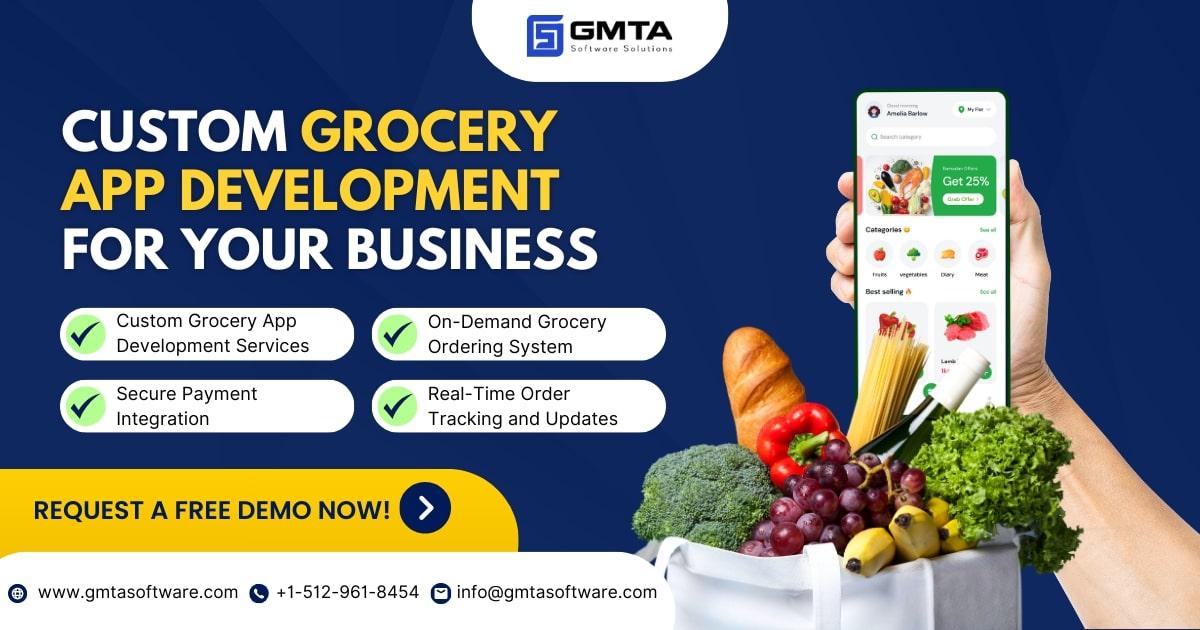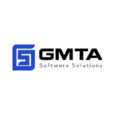Notifications

7 minutes, 26 seconds
-54 Views 0 Comments 0 Likes 0 Reviews

The demand for online grocery shopping has skyrocketed in recent years. With busy lifestyles and the increasing need for convenience, consumers are turning to grocery delivery apps to shop for their essentials from the comfort of their homes. Businesses are also recognizing this shift and investing in grocery delivery app development to enhance their services and reach a broader customer base.
A well-designed grocery delivery app streamlines operations, increases customer engagement, and ensures a seamless shopping experience. In this article, we will discuss the key features, development process, cost considerations, and benefits of a grocery delivery app.
A successful grocery app should include essential features that enhance user experience, simplify management, and ensure smooth transactions. Here are the must-have features:
User Registration & Login: Customers should be able to sign up and log in using email, phone numbers, or social media accounts.
Smart Search & Filters: An AI-powered search feature enables users to find products quickly.
Shopping Cart & Wishlist: Customers can add items to their cart or save them for future purchases.
Multiple Payment Options: Integration of secure payment gateways such as credit/debit cards, digital wallets, and UPI.
Order Tracking & Notifications: Real-time GPS tracking of orders and push notifications for updates.
Scheduled Delivery: Allows users to select delivery time slots based on their convenience.
Reviews & Ratings: Customers can review products and rate their shopping experience.
Product & Inventory Management: Admins can add, update, or remove products and track stock levels.
Order & Delivery Management: A dashboard to monitor orders, deliveries, and status updates.
User Management: Control over customer accounts, payments, and feedback.
Promotions & Discounts: Ability to create promo codes, discounts, and special offers.
Analytics & Reporting: Insights on sales, user behavior, and app performance.
Delivery Requests: Notifications for new orders and optimized route suggestions.
Order Status Updates: Ability to update the delivery status in real time.
Earnings & Performance Tracking: A dashboard showing earnings and delivery performance.
In-App Chat & Support: Direct communication with customers and support teams.
Building a grocery delivery app involves multiple stages, from ideation to deployment. Here’s a breakdown of the development process:
Understanding your target audience, competitors, and market trends is crucial. Conduct thorough research to identify user preferences, app expectations, and key challenges in the industry.
List down the must-have features, target devices (iOS, Android, or both), and decide whether to develop a single-store or multi-vendor app.
The technology stack plays a vital role in the performance and scalability of the app. Common technologies used include:
Frontend: React Native, Flutter, Swift (iOS), Kotlin (Android)
Back end: Node.js, Python, Ruby on Rails
Database: MySQL, MongoDB, PostgreSQL
Cloud Services: AWS, Google Cloud, Firebase
Payment Gateways: Stripe, PayPal, Razorpay
An intuitive and visually appealing design ensures a seamless user experience. Focus on easy navigation, a clean layout, and mobile responsiveness.
Develop the front end and backend simultaneously while ensuring proper API integrations. After development, perform rigorous testing, including functional, performance, and security testing.
Once the app passes testing, deploy it to app stores (Google Play Store, Apple App Store) and optimize it for better visibility.
Regular updates, bug fixes, and feature enhancements are essential to keep the app running smoothly and meeting user expectations.
The cost of developing a grocery delivery app varies based on multiple factors, such as app complexity, features, development time, and location of the development team.
Basic App: $10,000 - $30,000 (Limited features, single-store solution)
Mid-Level App: $30,000 - $70,000 (Multi-vendor, advanced features, AI integration)
Enterprise-Level App: $70,000 - $150,000+ (Highly scalable, premium UI/UX, custom functionalities)
Other cost factors include:
Third-Party API Integration (Google Maps, payment gateways, chatbots)
Hosting & Maintenance ($500 - $2000 per month)
Marketing & Promotions ($2000 - $10,000 per month)
Investing in a grocery delivery app offers numerous advantages for businesses and customers alike. Here are the top benefits:
A mobile app allows businesses to reach a larger audience and operate 24/7, leading to higher sales and revenue growth.
With features like AI recommendations, easy navigation, and real-time tracking, customers enjoy a seamless shopping experience, increasing brand loyalty.
Automated inventory management, order processing, and delivery tracking reduce operational inefficiencies and improve overall management.
A feature-rich grocery app helps businesses stay ahead of competitors by offering convenience and efficiency to customers.
Analytics and reporting tools help businesses make data-driven decisions, optimize marketing strategies, and improve customer engagement.
At GMTA Software, we specialize in building top-tier grocery delivery apps tailored to your business needs. Our expert developers integrate cutting-edge technologies, ensuring high performance, scalability, and security. From single-store grocery apps to multi-vendor platforms, we create customized solutions that maximize efficiency and customer engagement.
✔ Custom grocery app development ✔ Multi-vendor marketplace solutions ✔ AI-driven product recommendations ✔ Secure payment gateway integration ✔ Real-time tracking and delivery management ✔ Post-launch support and maintenance
Take your grocery business to the next level with a high-performance mobile app. Contact Us Today to get started!

